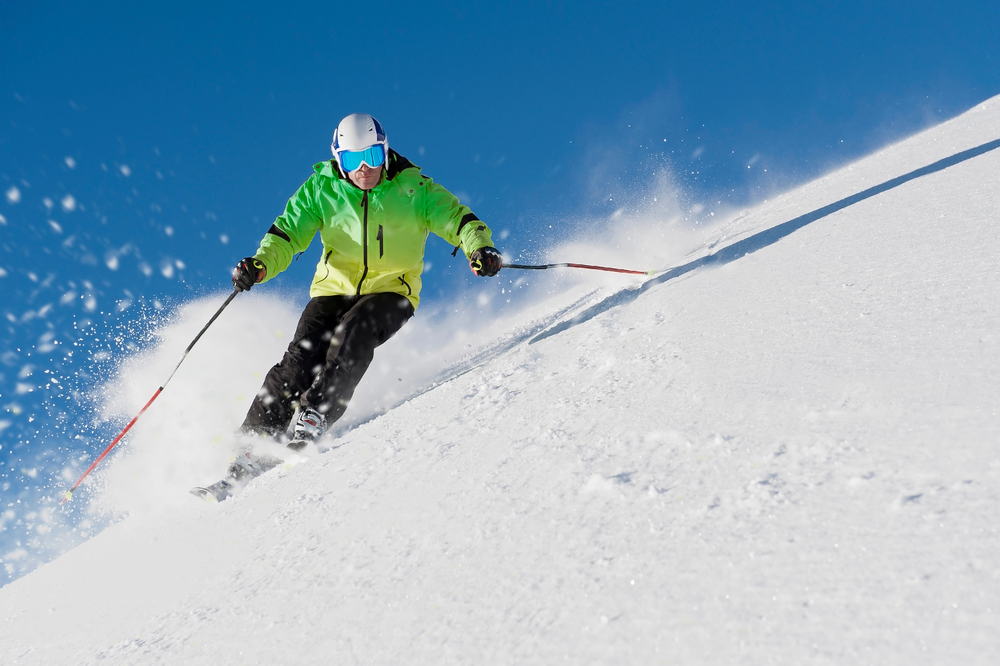When the winter chill sets in, the allure of adventure calls. From skiing powdery slopes to snowshoeing through hushed forests, winter opens up a wonderland of pursuit. But winter’s wonder comes with very real risks if you don’t prepare properly for its icy grip.
Clothing and Gear
Having the proper apparel and equipment makes or breaks any winter outing. Start from the extremities up with high-quality gloves that seal out moisture and cold. Look for options with removable thermal liners so you can modify protection based on conditions. Don sturdy boots with traction sole treads at a minimum of 6 inches high to traverse uneven, frozen terrain without twisting an ankle. Look for flexible, insulated options that still give you mobility.
When it comes to base and mid-layers, wool and fleece are your friends for both breathability and warmth. Top off your outfit with a durable, fully waterproof, and windproof jacket that you can count on to keep your core temperature regulated in the worst weather. The good folk over at Canyon Sports recommend researching ski rental shops nearby for activities such as skiing, snowboarding, sledding and other aerobic activities. This will allow you to access the necessary gear like bibs, pant shells, goggles, and helmets.
Pack extra gloves, socks, base layers, and neck gaiters in case your active ones get wet. Stash chemical hand and foot warmers in your pockets so you have quick access to restoring heat if needed. Carry energy gels, bars, and hydration mixes to keep your energy up if outdoors for longer than expected. Finally, protect eyes and skin by lathering on broad spectrum sunscreen even in winter, and equipping glacier glasses and balms.
Navigation and Communication
Exploring winter’s beauty often means heading deep into remote settings far from reliable signals and populated help points. Pack multiple forms of navigation so you can pinpoint locations accurately. Bring topographic and satellite maps of the area in print form since digital maps rely on phone connectivity. Download offline regional maps onto GPS devices and phones so that satellite positioning still works without data access. Practice essential navigation skills, like triangulating, before you head out.
Emergency Equipment and Training
While proper gear, navigation, and nutrition helps to avoid emergencies, accidents can and do still happen on winter pursuits. Prepare for worst-case scenarios by always carrying equipment that could save your life if injured, stranded, or lost. Every member of a winter activity group should pack a basic first aid kit complete with insulation wraps, triangular bandages, gauze, antiseptic wipes, and trauma items like tourniquets. Include rescue items like fire starter tabs, emergency blanket, bivvy, flashlight, whistle, flares, and portfolio shelters.
Additionally, obtain wilderness first aid training from organizations like the American Red Cross so you understand how to respond to fractures, hypothermia, and other backcountry hazards. Study survival practices for your specific winter environment such as building snow shelters, signaling helicopters, harvesting drinkable water, and foraging edibles.
Acquiring emergency response knowledge will build your skill and confidence to handle crises calmly. Combining gear and know-how readies you to not just adventure safely but also help others if emergencies arise out there.
Conclusion
When you feel ready for an exciting winter adventure, make sure you plan ahead of time and get fully prepared. Make sure that you have the right clothes, gear, maps, and emergency equipment you may need. Try to understand the risks and get training to help deal with any dangerous situations that may arise. If you respect the winter conditions and prepare for any problems that might arise, you can have pots of fun while safely exploring the beautiful, snowy landscapes.







Leave a Reply